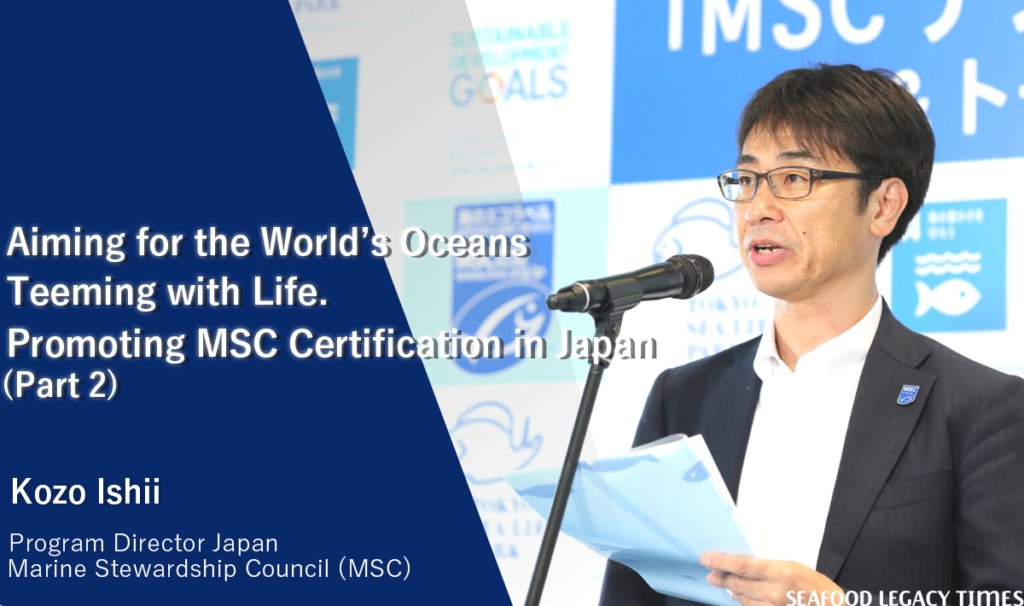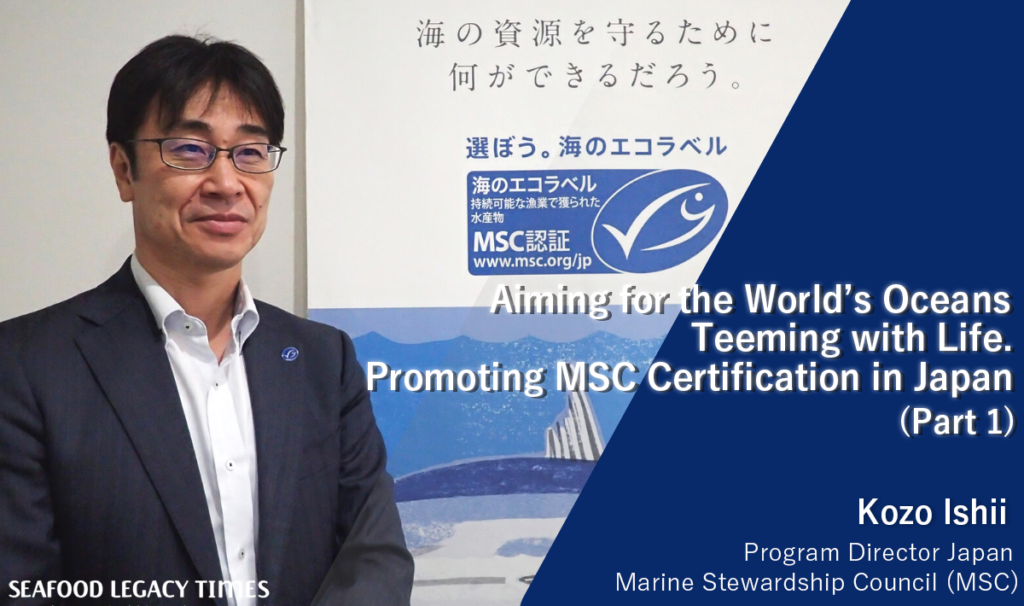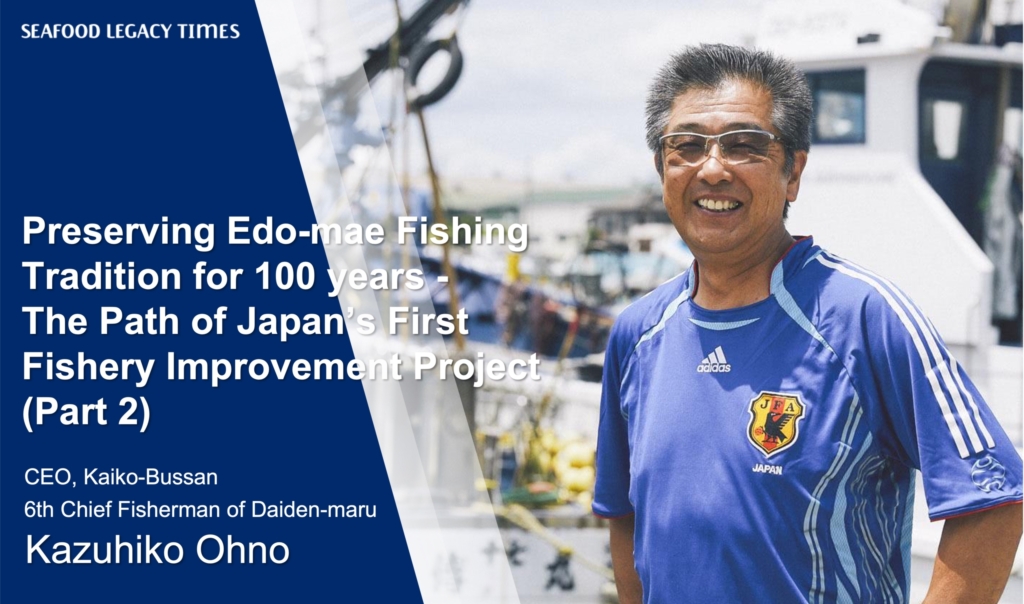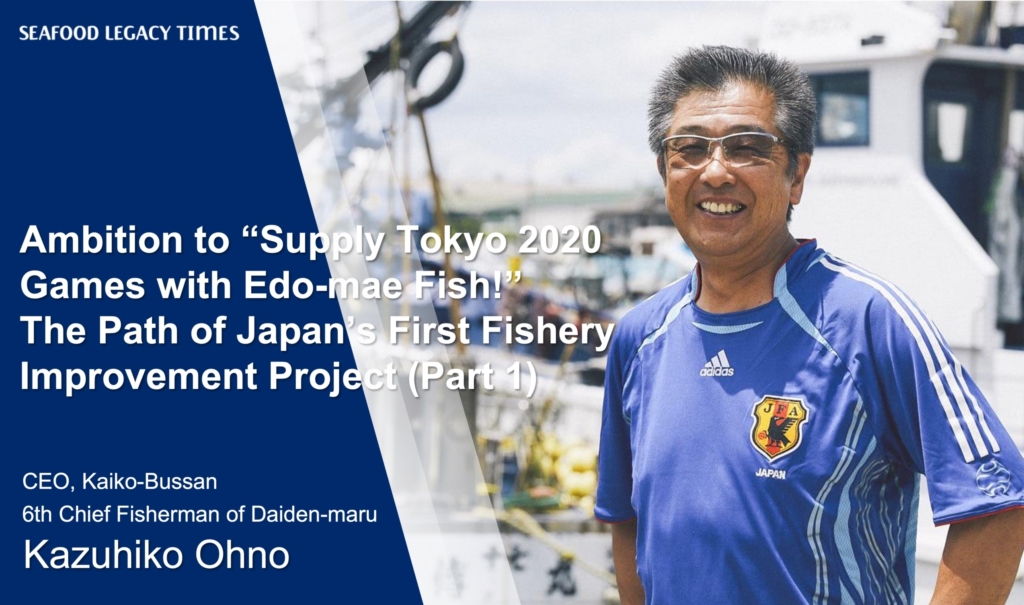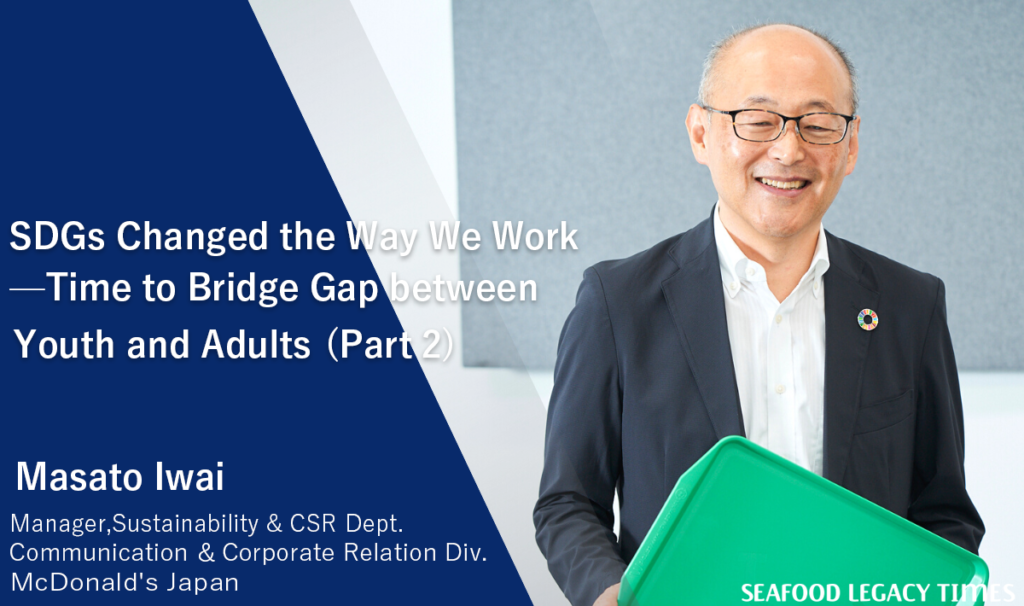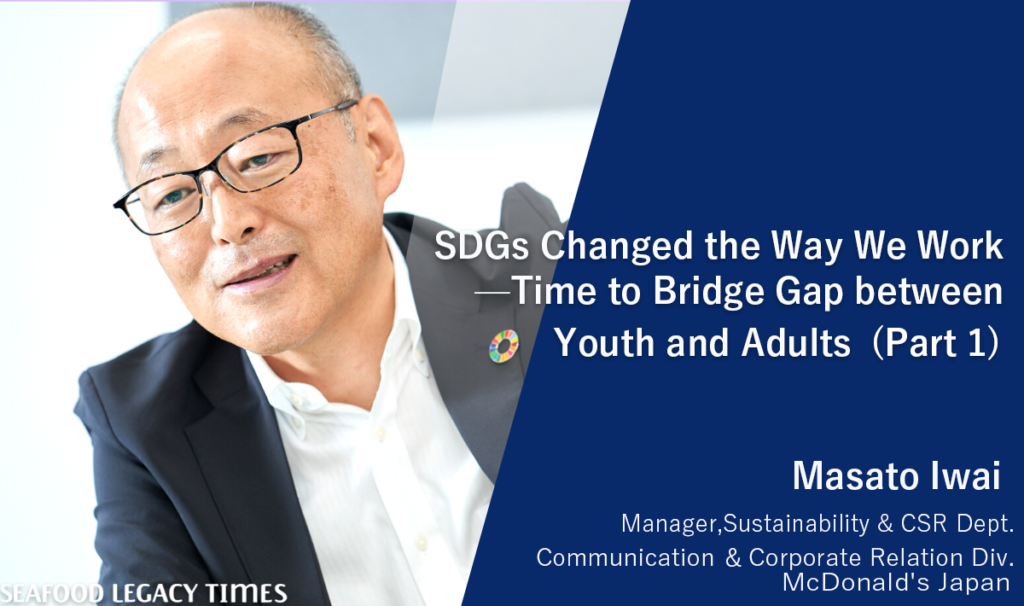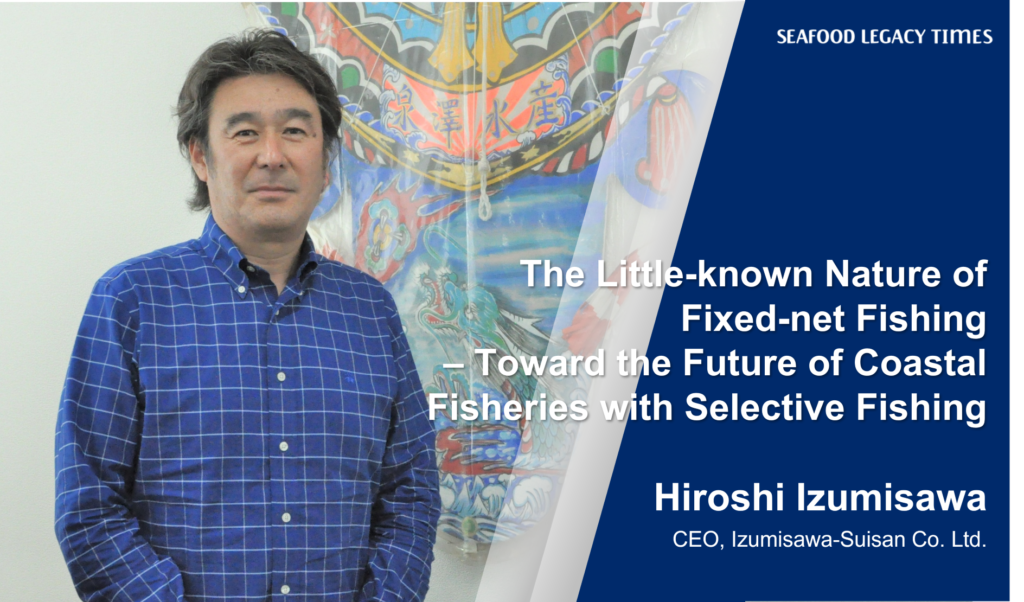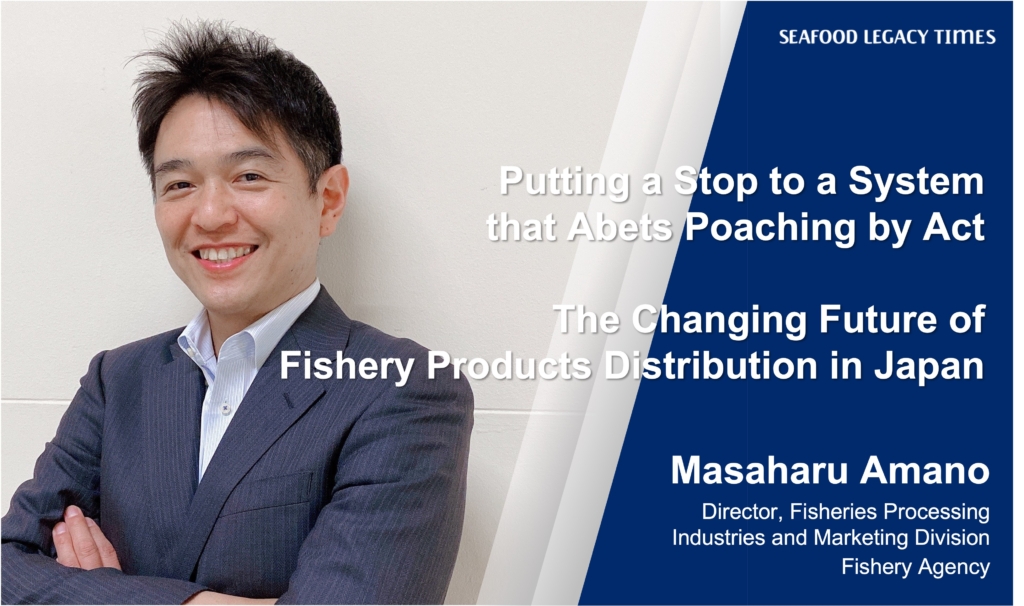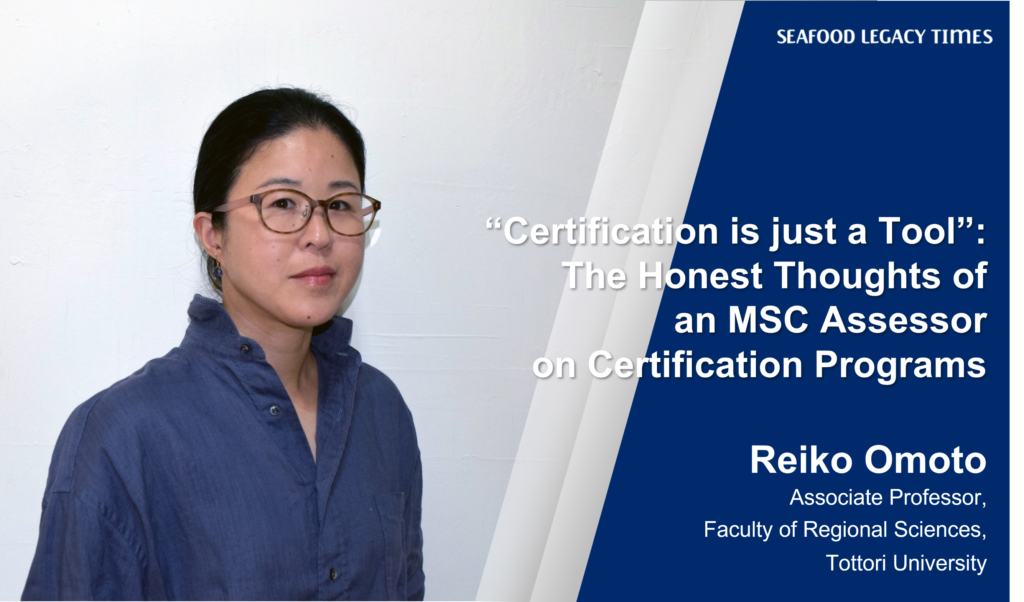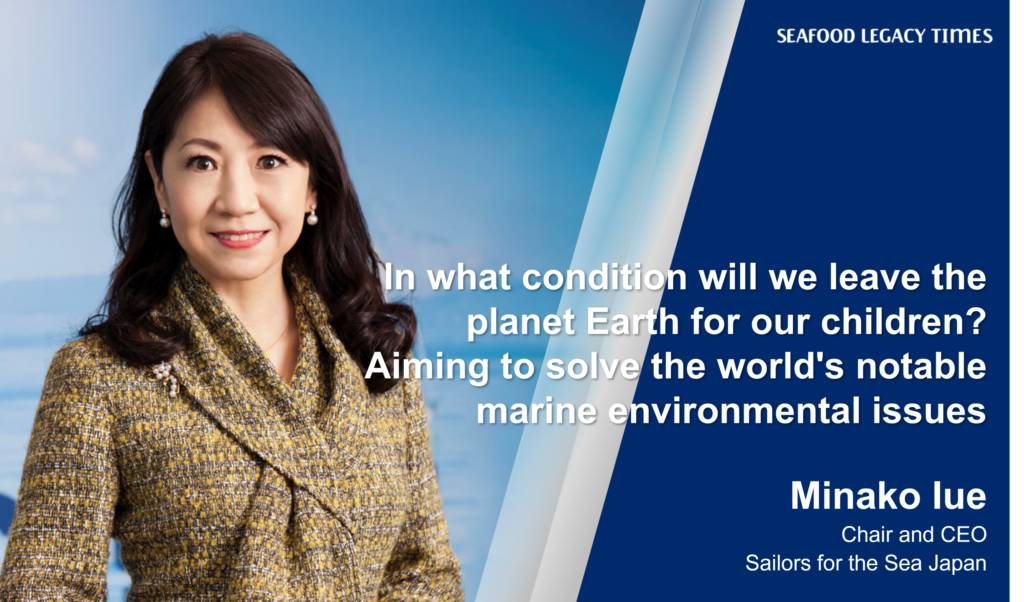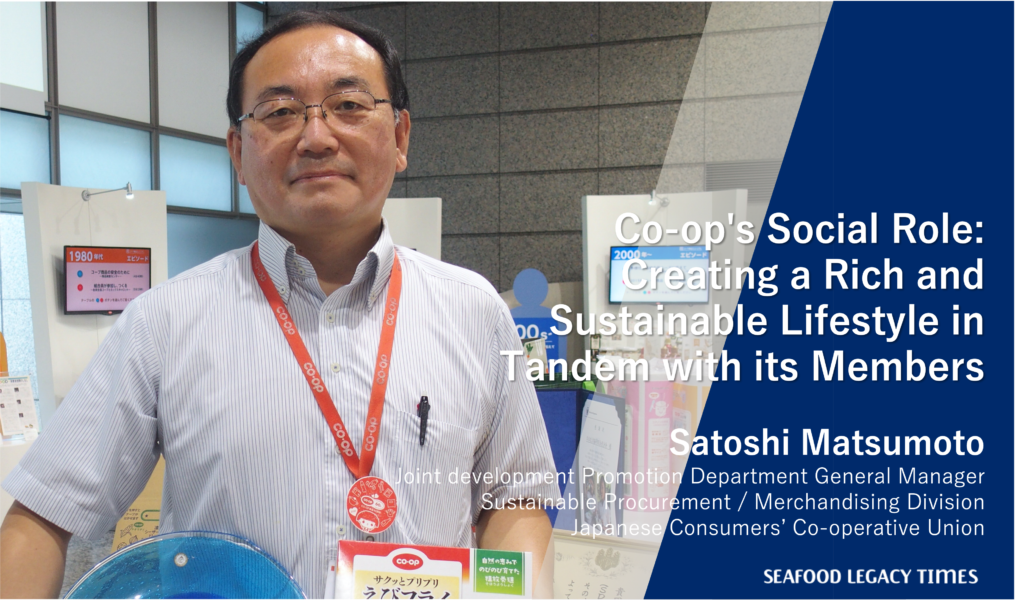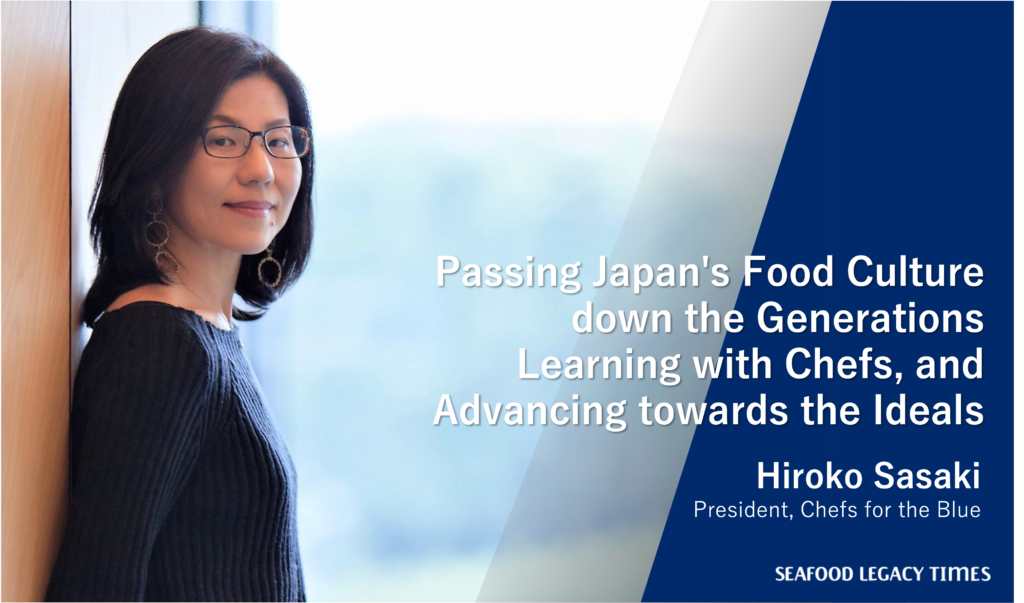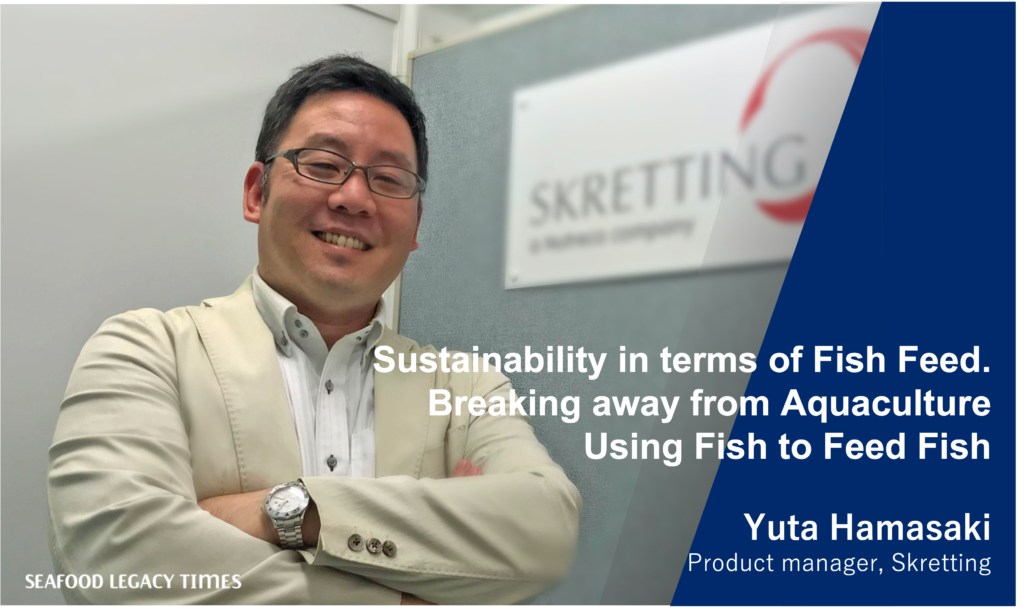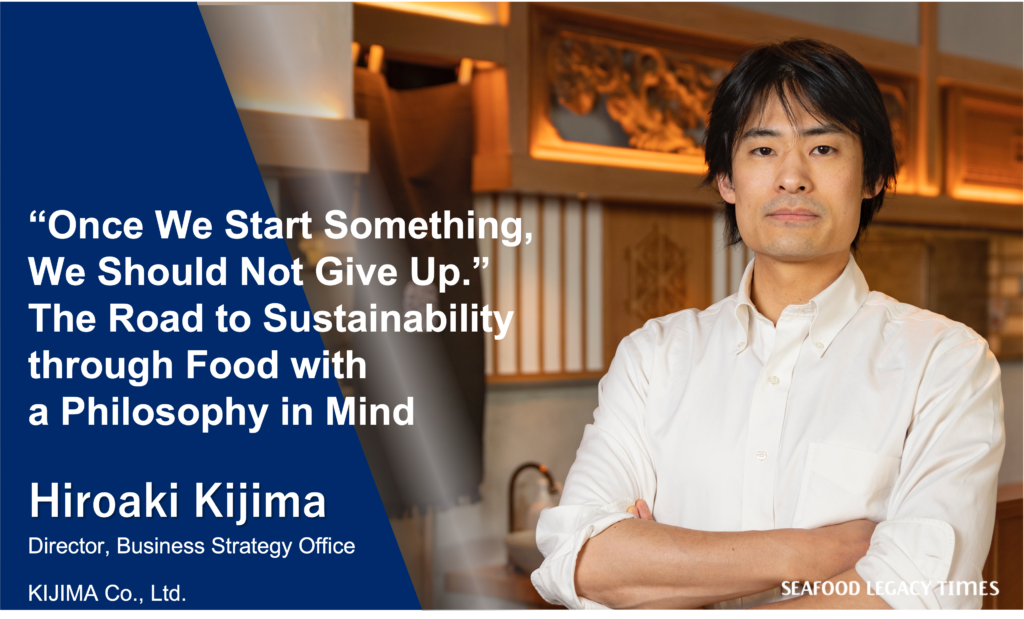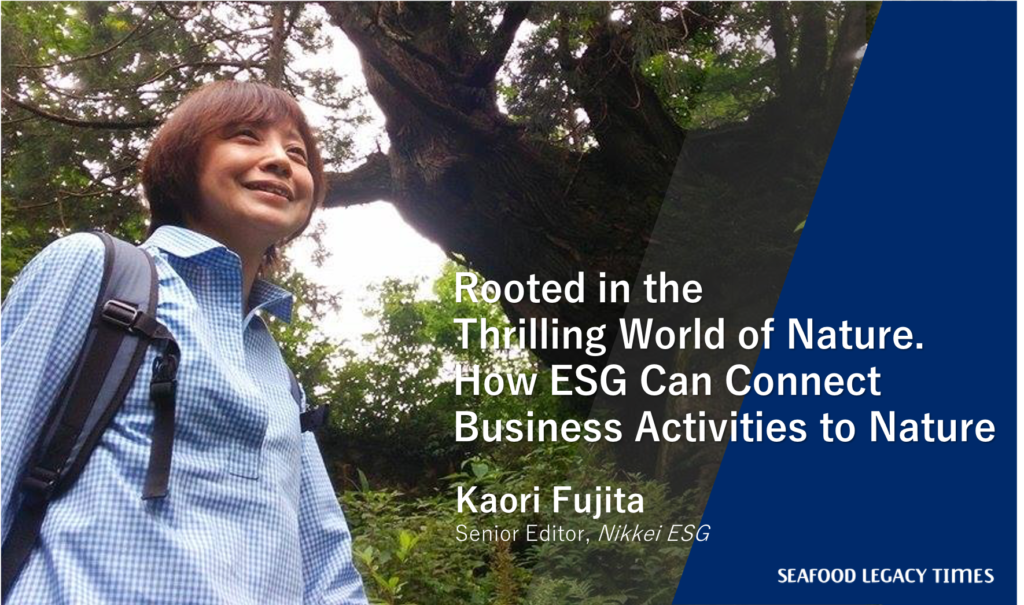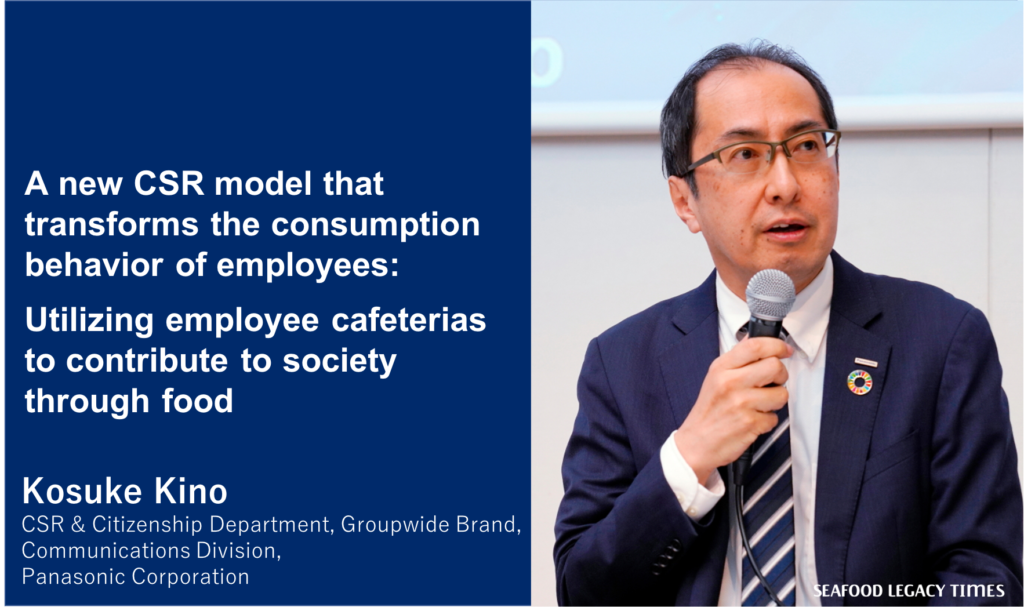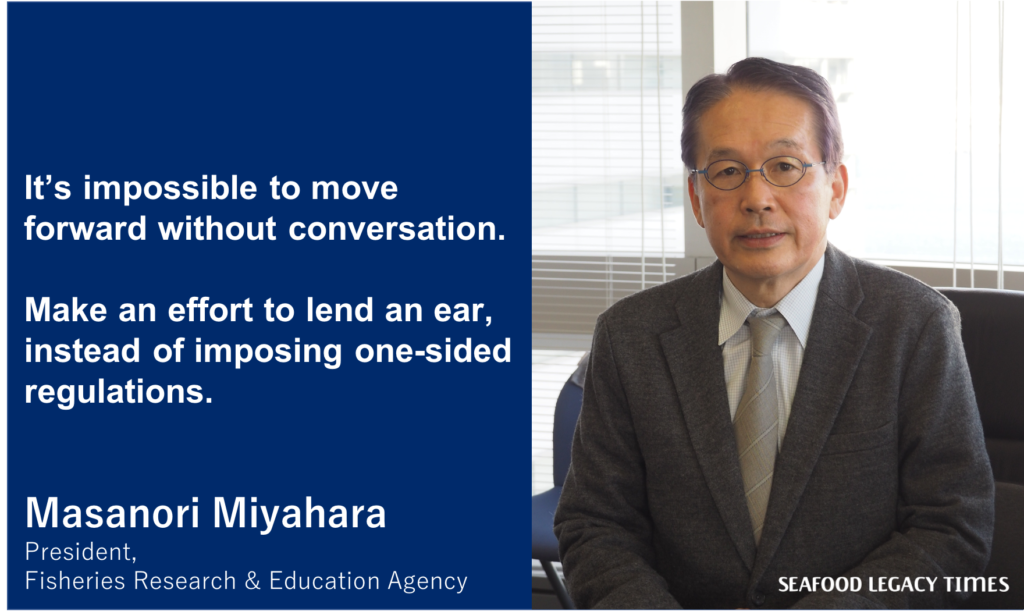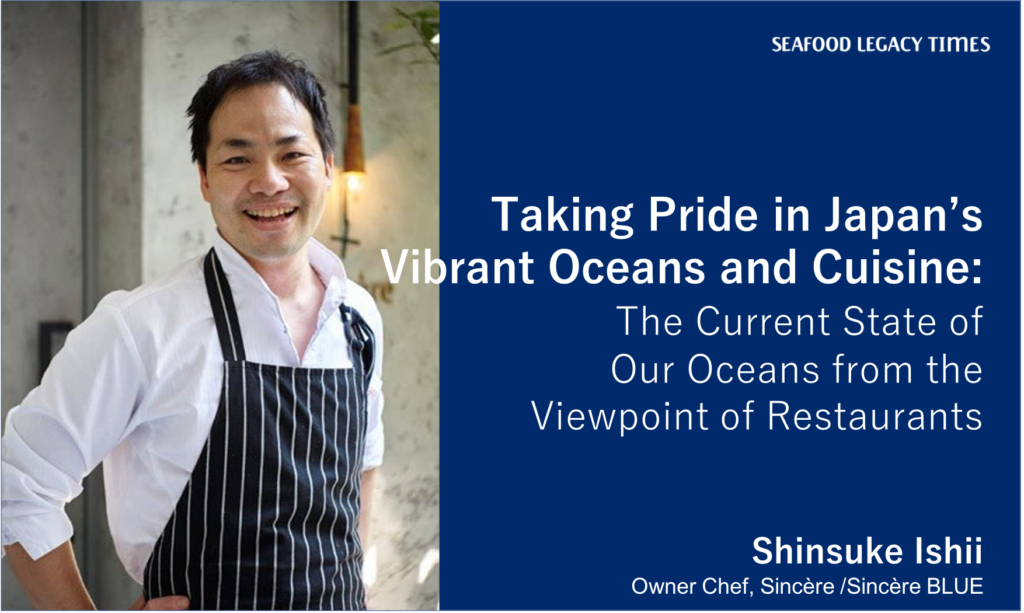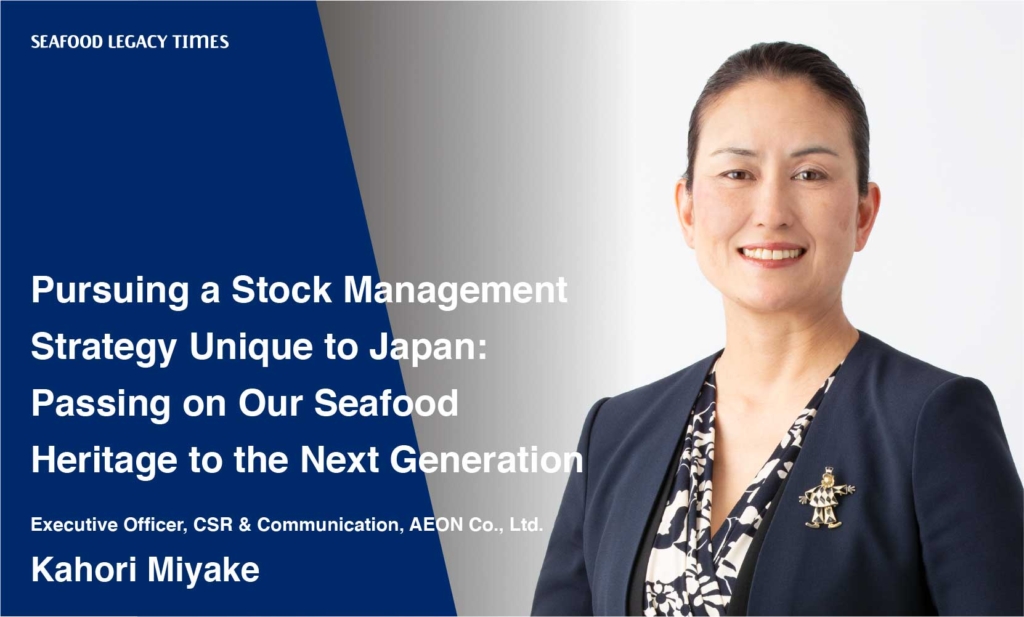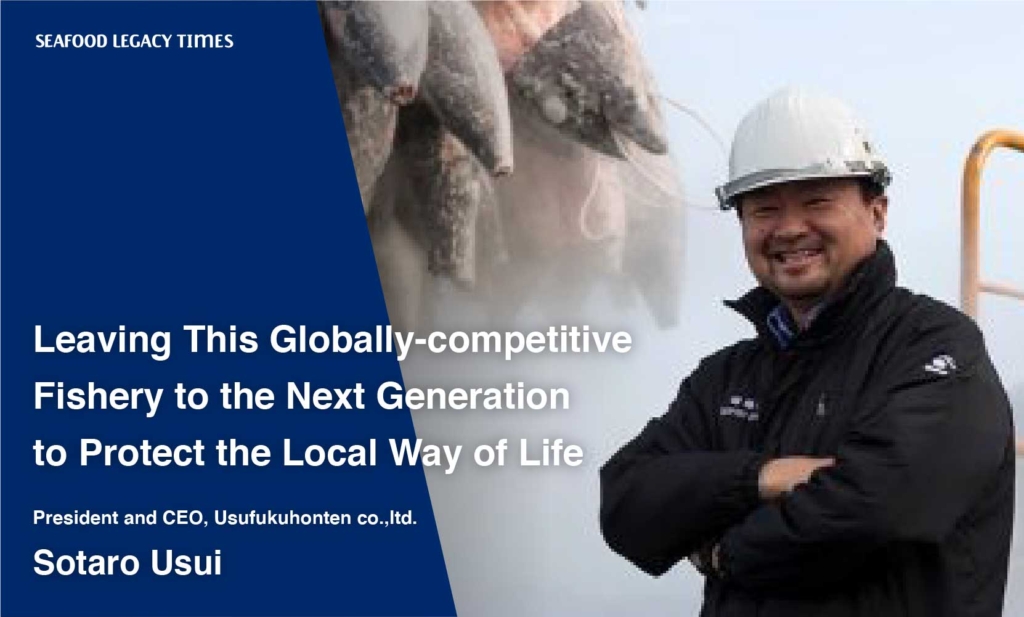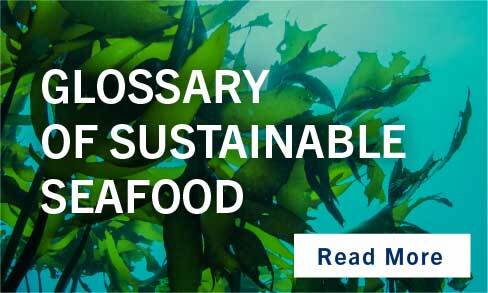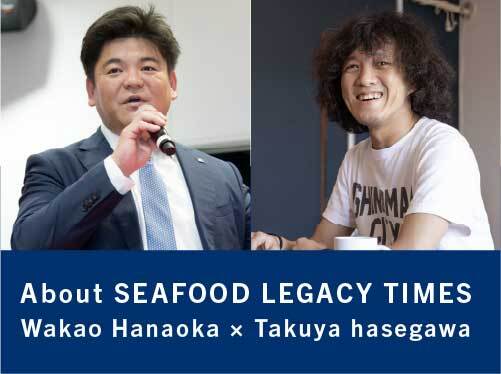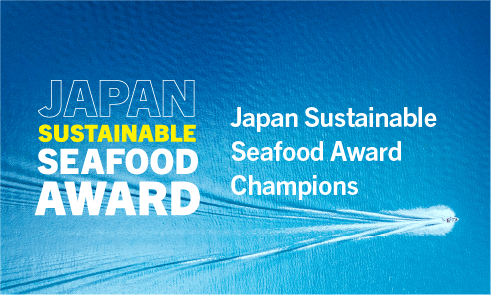

UMITRON K.K. utilizes cutting-edge technology to change aquaculture for the future. It is developing various services to computerize aquaculture, driven by its mission of “install Sustainable Aquaculture on Earth.”
Ken Fujiwara is the CEO of UMITRON and a satellite R&D engineer for the Japan Aerospace Exploration Agency (JAXA). The UMITRON team is made up of a unique mix of individuals experienced in state-of-the-art image processing and data analysis.
What is the goal of this group of specialists in fields seemingly unrelated to aquaculture? Let us hear more from Ken Fujiwara about UMITRON’s establishment, his thoughts on its mission, and the issues facing aquaculture in Japan.
Ken Fujiwara
Ken Fujiwara worked in satellite R&D at the Japan Aerospace Exploration Agency (JAXA). After that, he joined Mitsui & Co., Ltd., where he engaged in business investments and business development support for satellite-based agricultural ventures. Fujiwara founded UMITRON Corporation in April 2016.
Tokyo Institute of Technology / Ms. (Eng), and University of California, Berkeley / MBA
https://umitron.com/en/index.html
–You worked in R&D at the JAXA before joining Mitsui & Co., Ltd. to support the business development of agricultural ventures. What sparked your interest in agriculture as someone engaged in space development?
I was very interested in how the advanced technology developed at JAXA could help the private sector. I wanted to do something new with satellite data obtained from space, so I started supporting the development of an agricultural venture related to me.
Specifically, we developed technology that utilizes satellites to observe crop growth conditions and optimize fertilizer/pesticide application to improve crop growth and maximize fertilizer use.
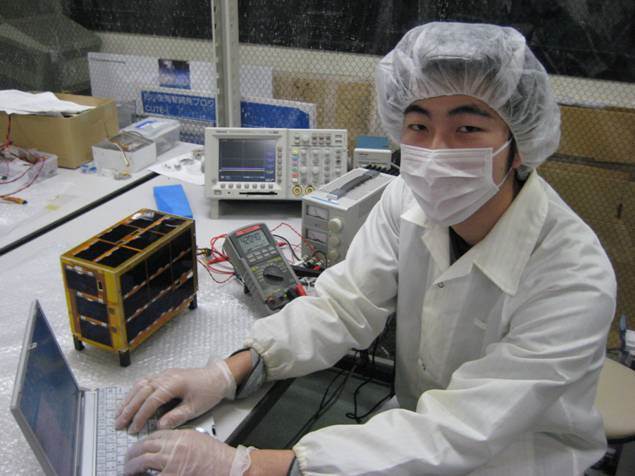
–What made you interested in aquaculture after that?
I wanted to test satellites and space development technology to see if I could apply them to fields aside from agriculture. Several companies were already attempting to utilize new technology in agriculture, so I wanted to pursue technological possibilities in more new fields and try something new.
I am from Oita Prefecture and grew up playing in the Seto Inland Sea as a child, so I have always been fond of the sea. I felt that a job related to the sea would be something I could enjoy and do as my life’s work. In April 2016, I co-founded UMITRON with Masahiko Yamada, my former colleague at Mitsui & Co., and Takuma Okamoto, a specialist in image processing and machine learning, in hopes of applying advanced technology in aquaculture.
–What are your thoughts on UMITRON’s mission of ” install Sustainable Aquaculture on Earth?”
I worked in space development at JAXA, so I have a strong image of Earth observed from satellites. If we look at Earth from space, it looks like a ball of water that covers 70% of its surface. It looks like floating solitarily amid total darkness, cut off from its surrounding environment. This lonely blue planet is home to 8 billion people and every life is nurtured.
I felt there was great potential in aquaculture producing food on Earth. This realization was one of the catalysts that led to UMITRON.
I like the term “Spaceship Earth.” We set out on this mission with the desire to install sustainable food production in a closed environment, ensuring the people and life on this isolated Spaceship Earth can continue their journey through space.
To “Install” is a frequent word in the world of technology. We used the word because we believe that UMITRON’s services are ultimately technology-based and that we cannot proceed to the next generation without technology.

–What do you think is the biggest challenge facing Japanese aquaculture in installing sustainable aquaculture on Earth?
UMITRON is working on the many challenges facing aquaculture. For me, the biggest issue among them is the lack of investment in research and development.
As I dive into the world of aquaculture and develop technologies and services, I feel there are many problems left in this industry that cannot be solved by people in the existing value chain alone.
Food production takes time because it deals with living things. However, even with a long time and effort in production, it is difficult to create something completely new and innovative. For example, the red sea bream cannot go beyond the category of red sea bream. Therefore, it is unlikely to gain explosive popularity and attract large sums of money.
I tend to make comparisons, perhaps because I was in the space development field, where R&D investments are plentiful. Compared to other industries, I feel that food production has not been able to create a cycle in which producers collect money from what they produce and reinvest it in new technological developments.
In the food production value chain, only the retail sector that is closer to the consumers can collect money quickly, but the accumulated funds usually go to store development and marketing, so reinvestment in R&D at production sites is still rare.
Creating a reinvestment cycle for production sites is the key to breaking through the situation in which production sites must manage on their own. The biggest challenge is changing things to ensure funds are reinvested in R&D for food production, especially aquaculture.
–What are UMITRON’s efforts toward solving the issues of aquaculture?
Simply presenting the lack of investment in R&D is not enough to move forward. UMITRON is bringing in people, technology, companies, and funds that have had nothing to do with aquaculture before.
We are made of highly competent members, including experts who have developed state-of-the-art image processing and veterans in analyzing cutting-edge data. Most of us have never interacted with aquaculture. We are all motivated to use our skills to tackle issues no one else has challenged, working together to devise a plan to aid the seafood industry.
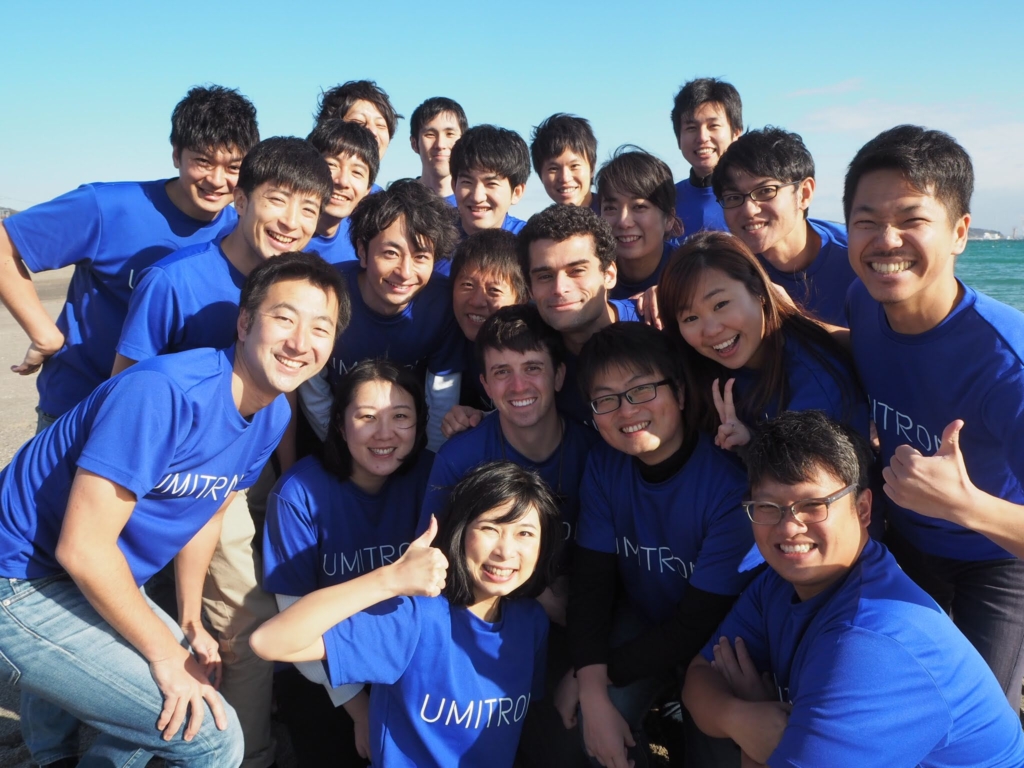
I once asked my co-founder, Takuma Okamoto, why he started UMITRON with me. His reply was, “Because I had no idea how to solve the problems of aquaculture.”
Okamoto is a veteran in the IT industry and knows how to implement most service ideas. However, when I told him about aquaculture, he had no idea how to develop the service. It seemed to be a motivating factor for him.
UMITRON’s strength lies in the fact that it is made of members like him.
This year, we raised 1.22 billion yen, borrowing funds from ENEOS Holdings, QB II Investment Limited Partnership, Toyo Seikan Group Holdings, Ltd., The Shoko Chukin Bank, Ltd., and other financial institutions. Adding in the 1.22 billion yen raised in 2018, our funds became 2.44 billion in total. We will use these funds to fortify our services’ business foundation, accelerate overseas business development, and strengthen cooperation with partner investor companies.
Original Japanese text by: Shino Kawasaki




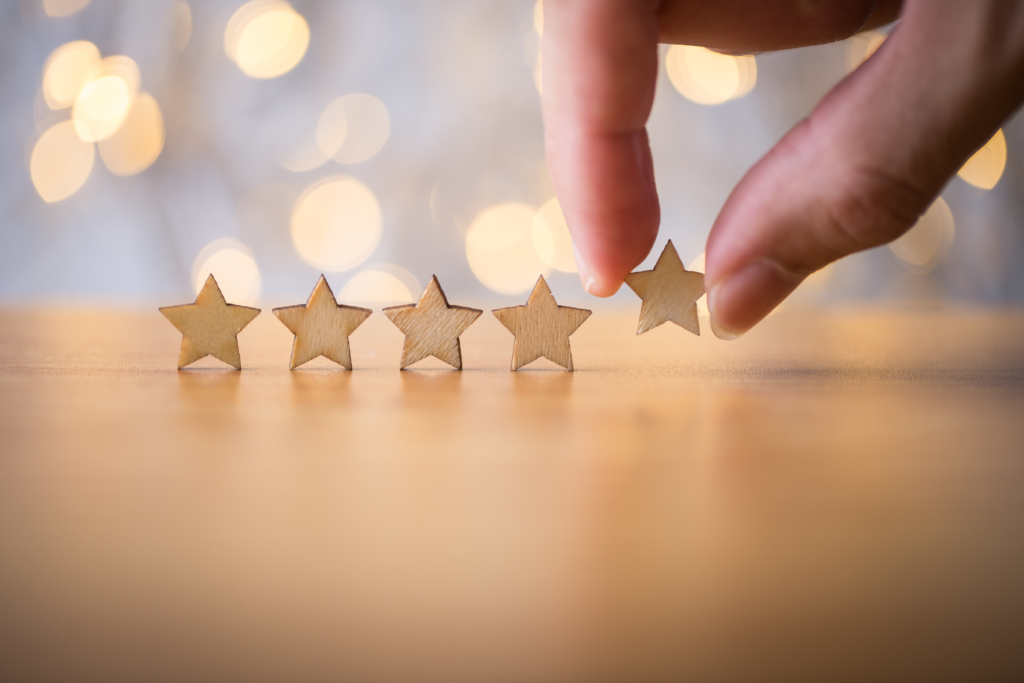




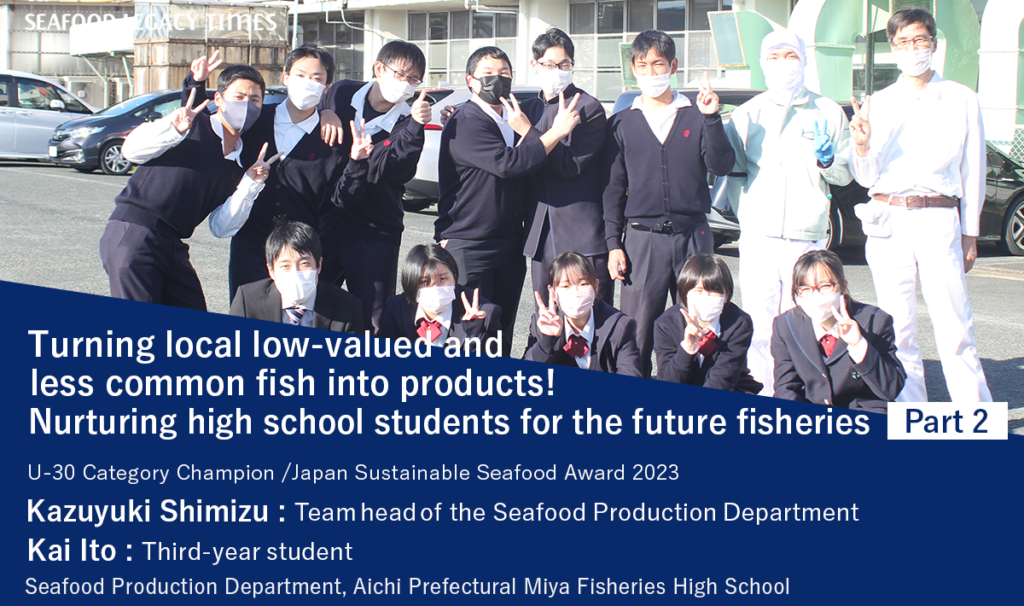
-1024x606.png)


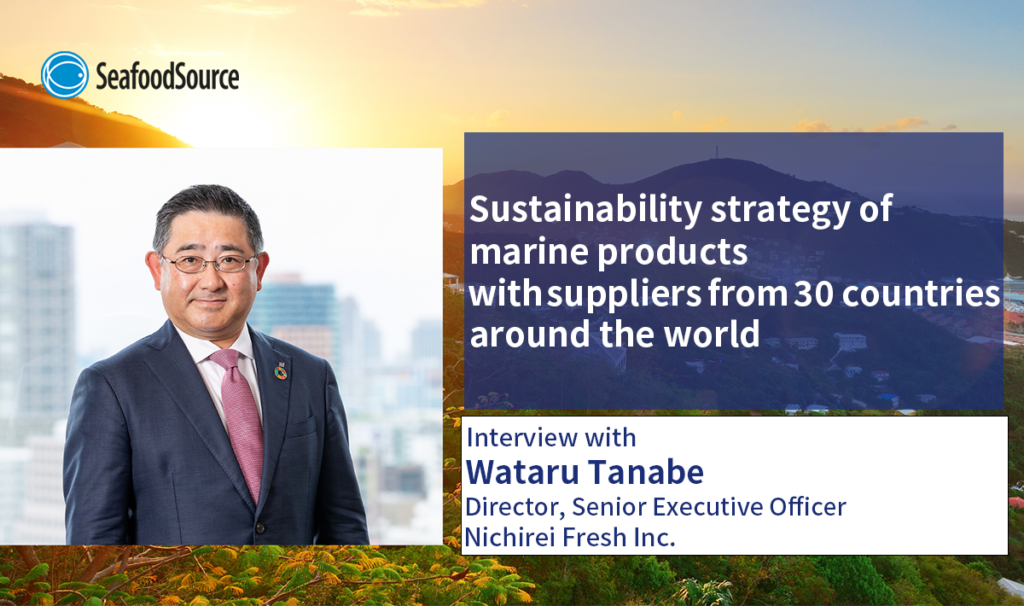
_-1024x606.png)

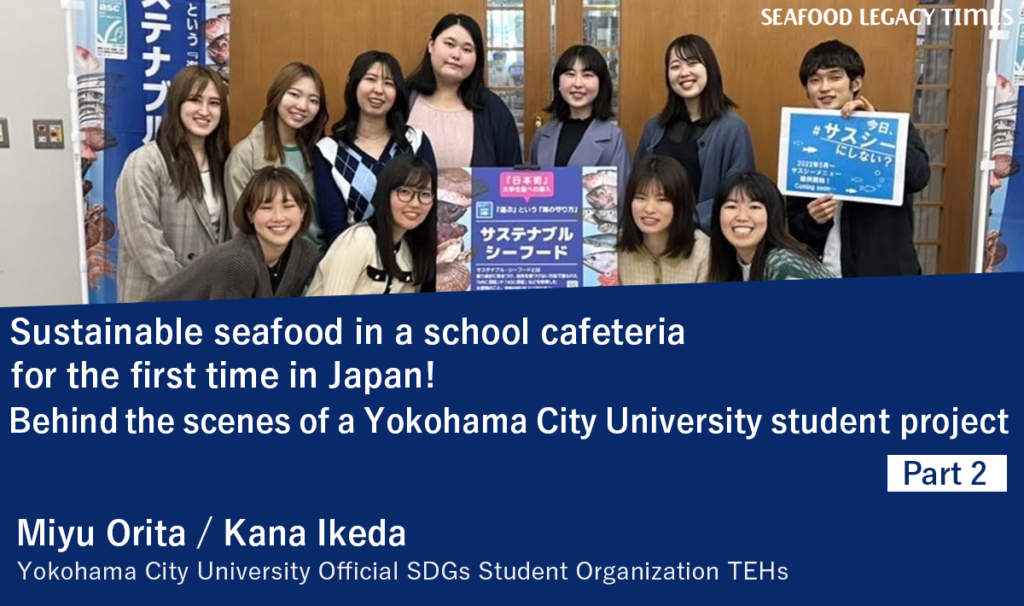
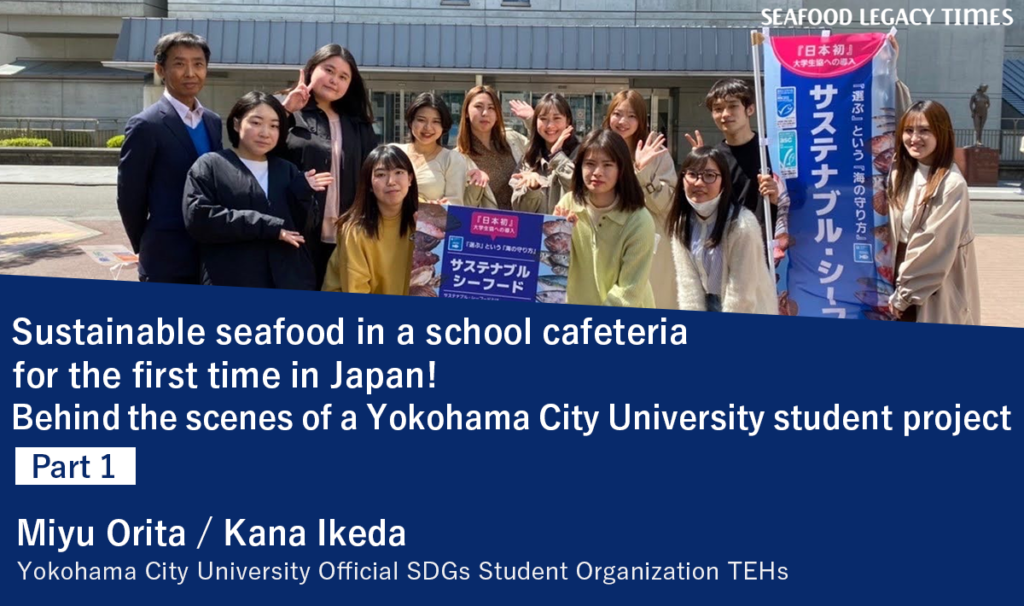



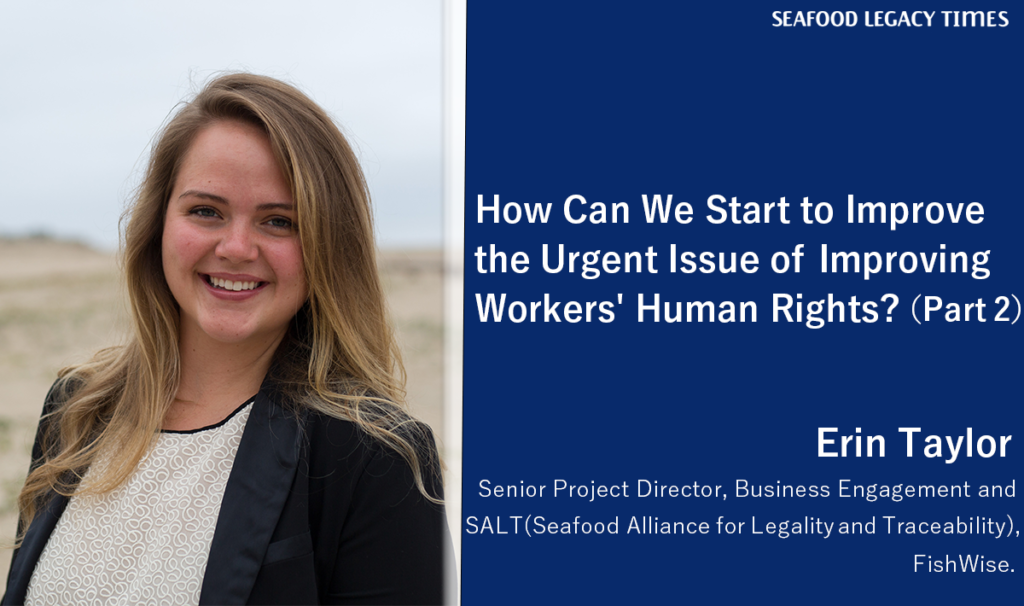
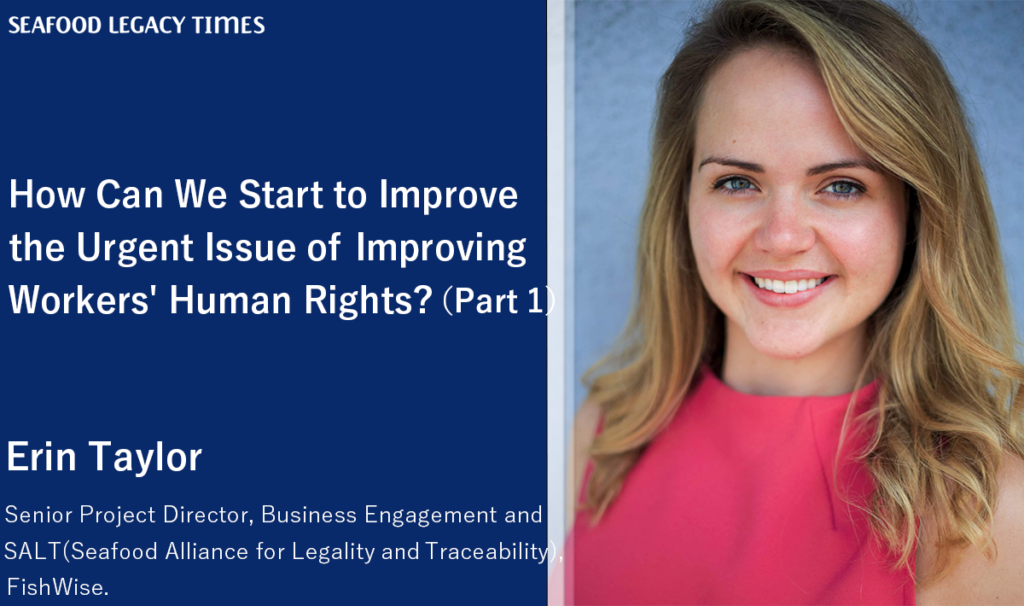
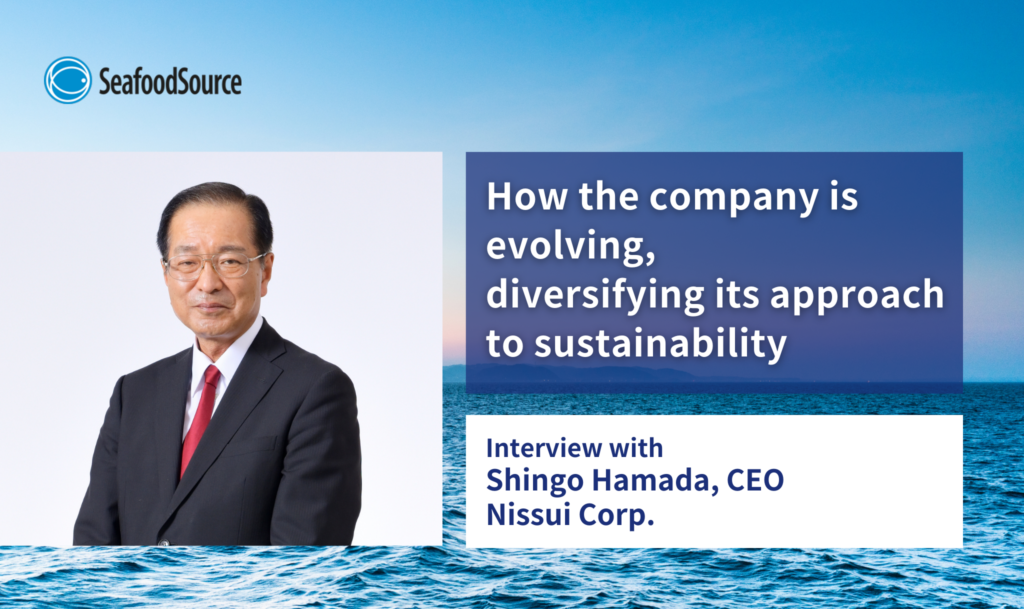




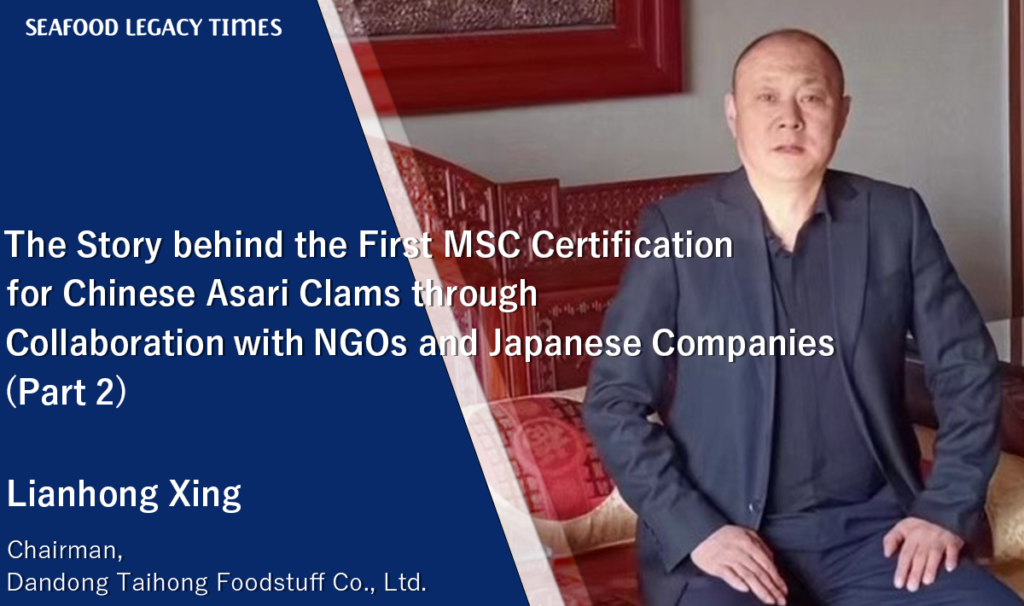
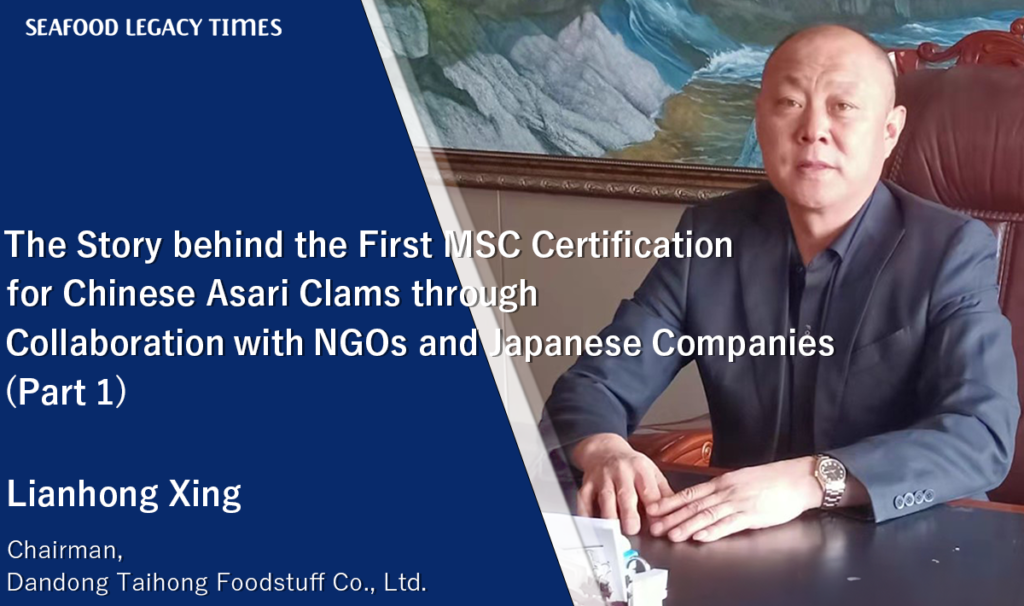



1_修正524-1024x606.png)


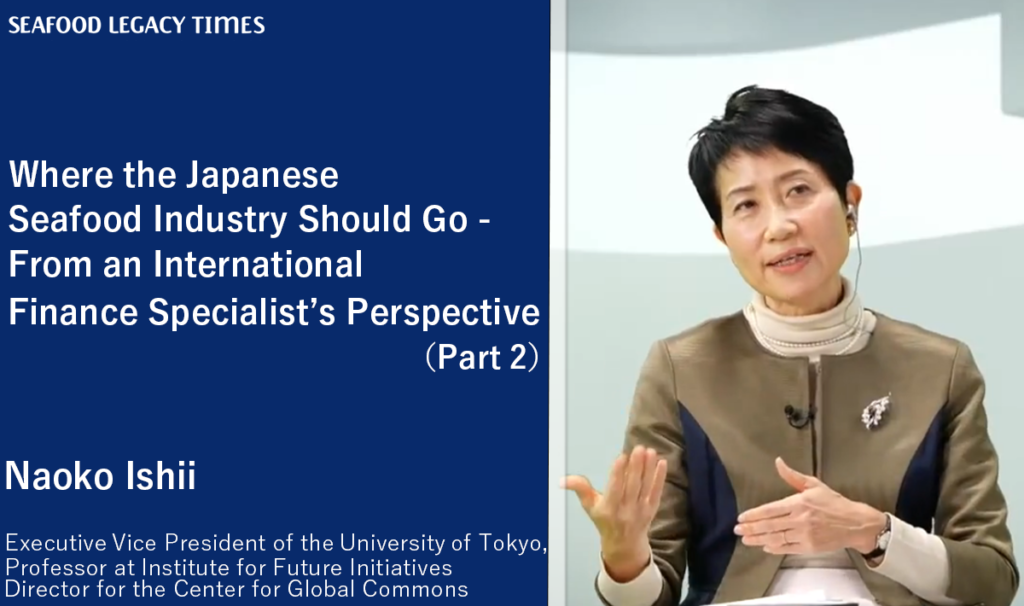







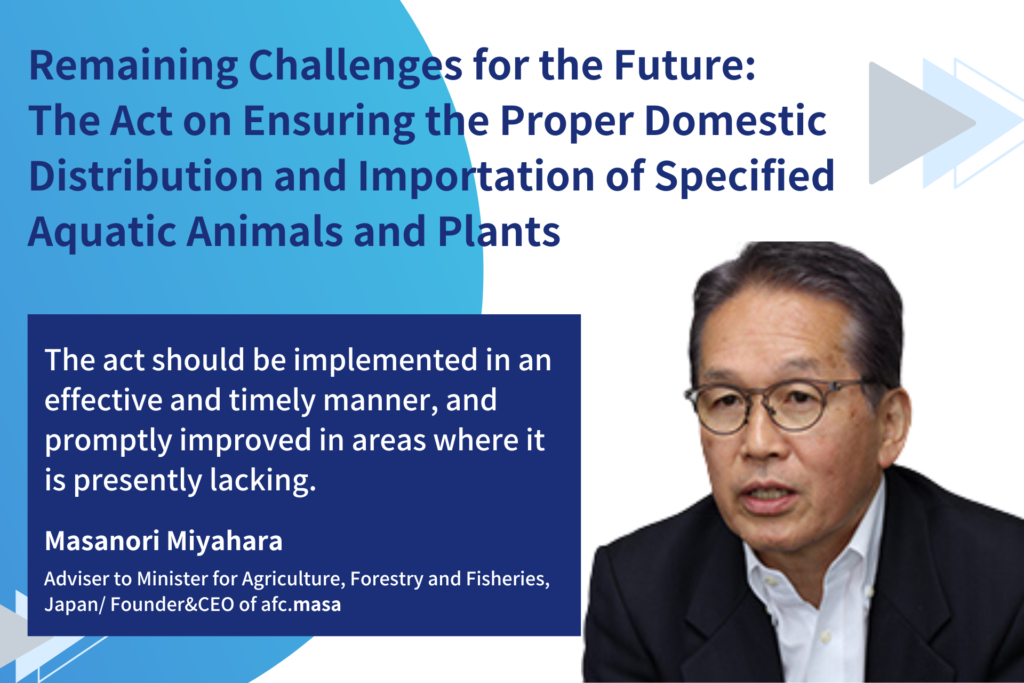
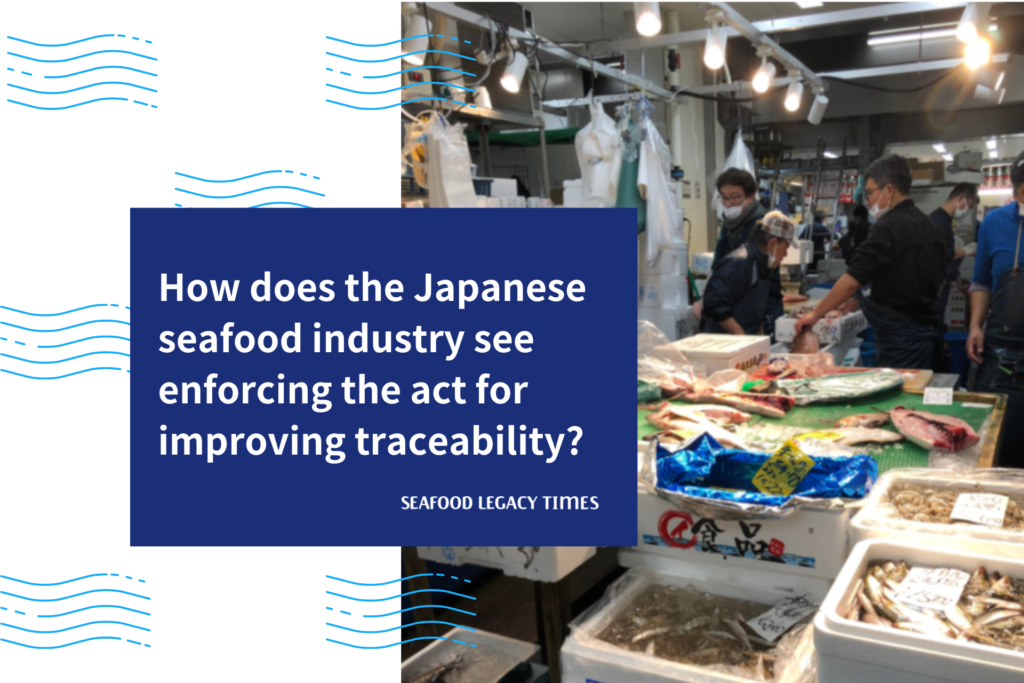



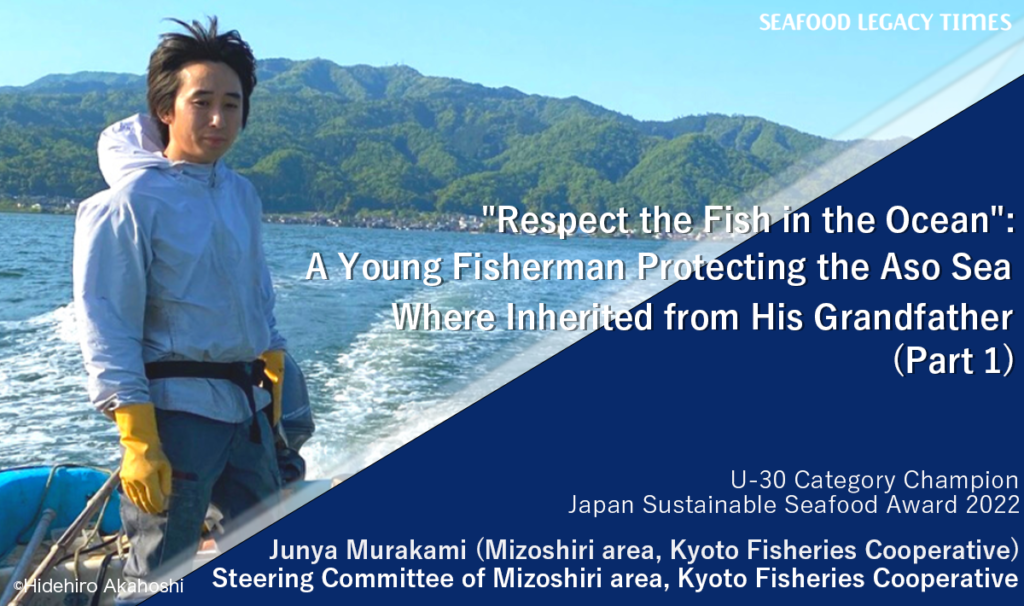
.2-1024x606.png)
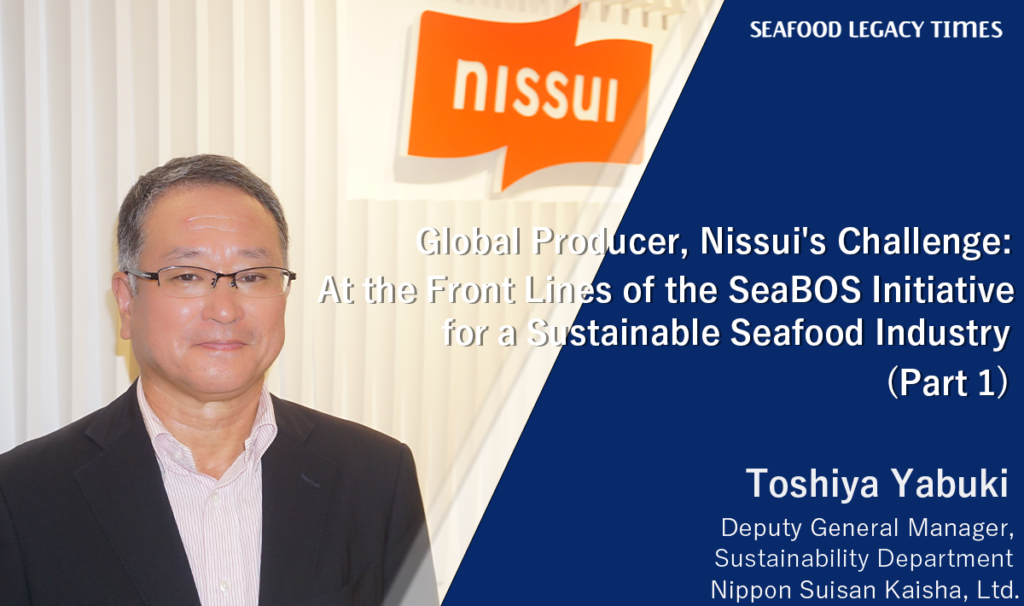
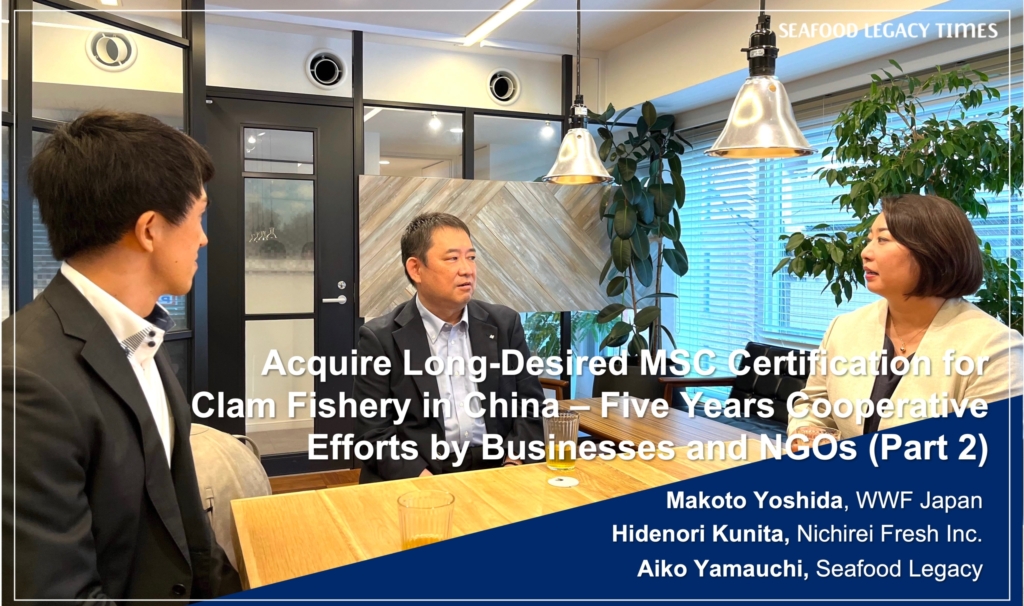
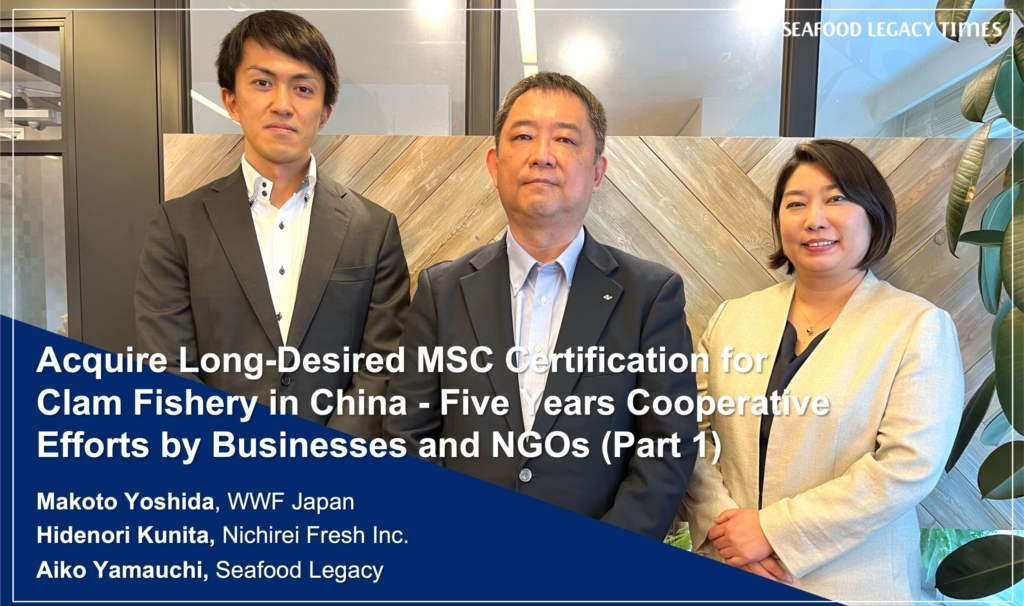






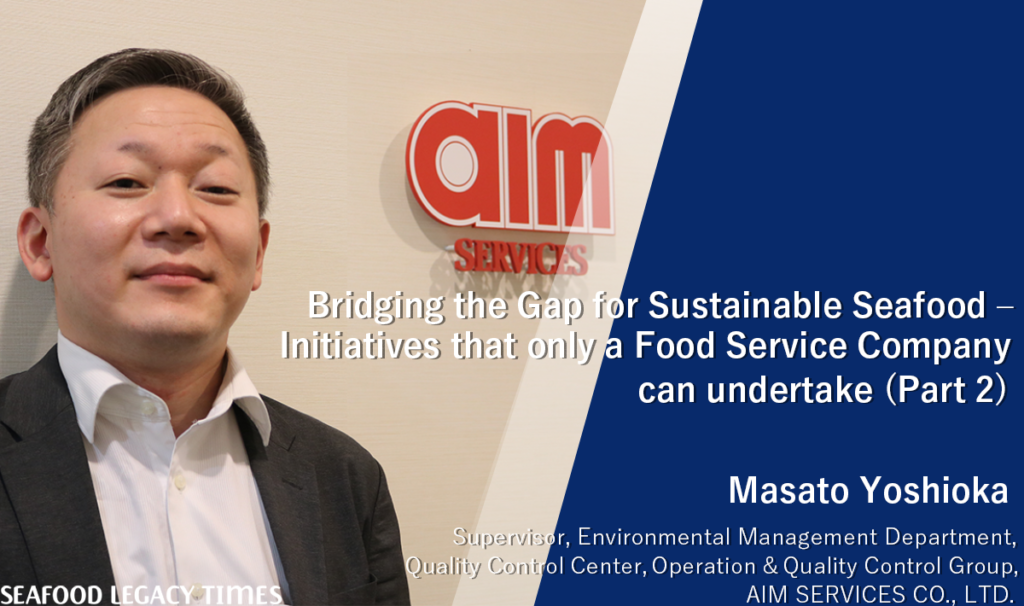
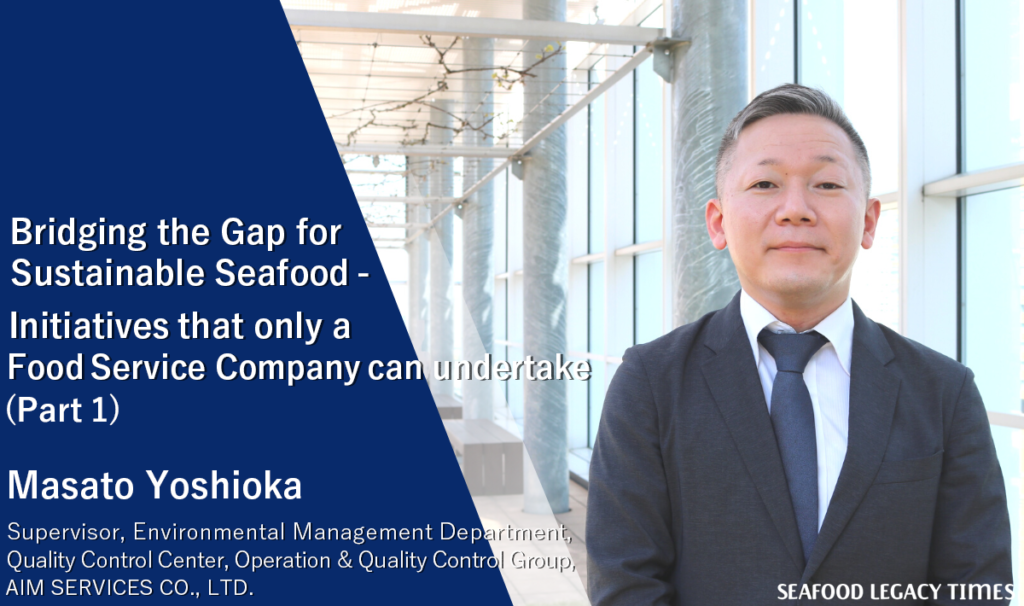
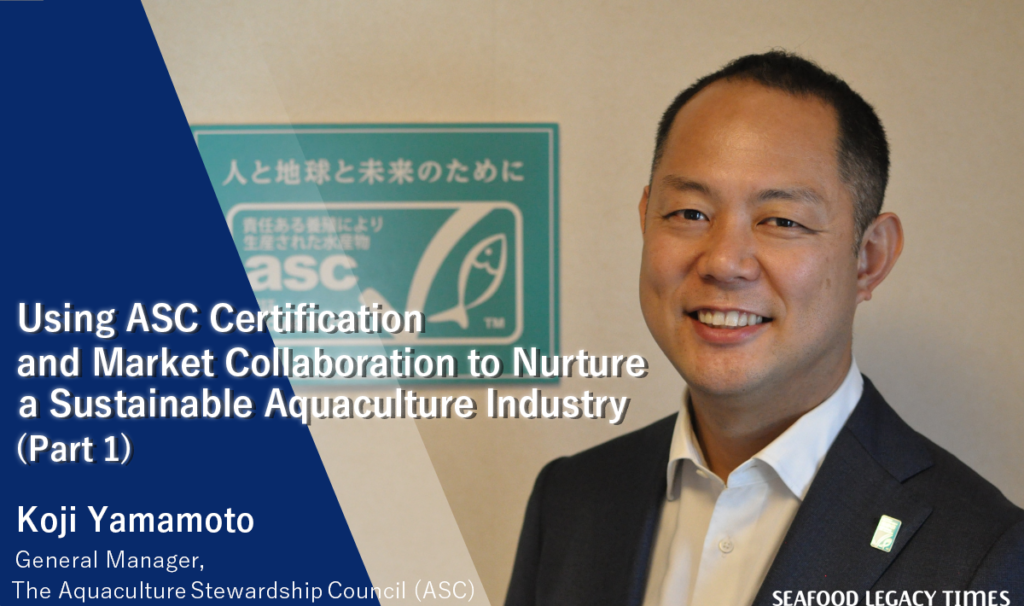
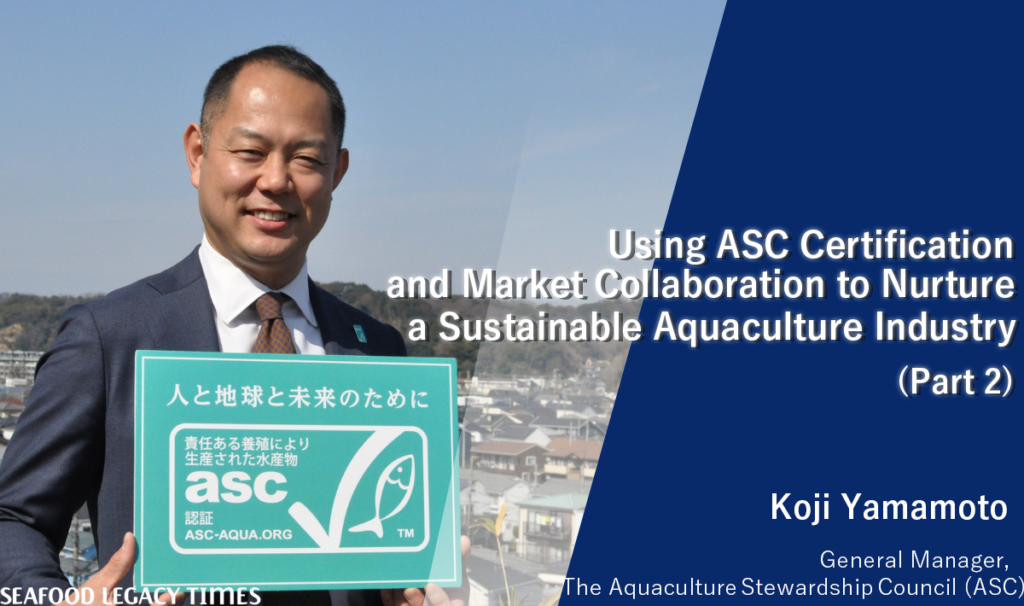
2-1024x606.png)
-1-1024x606.png)
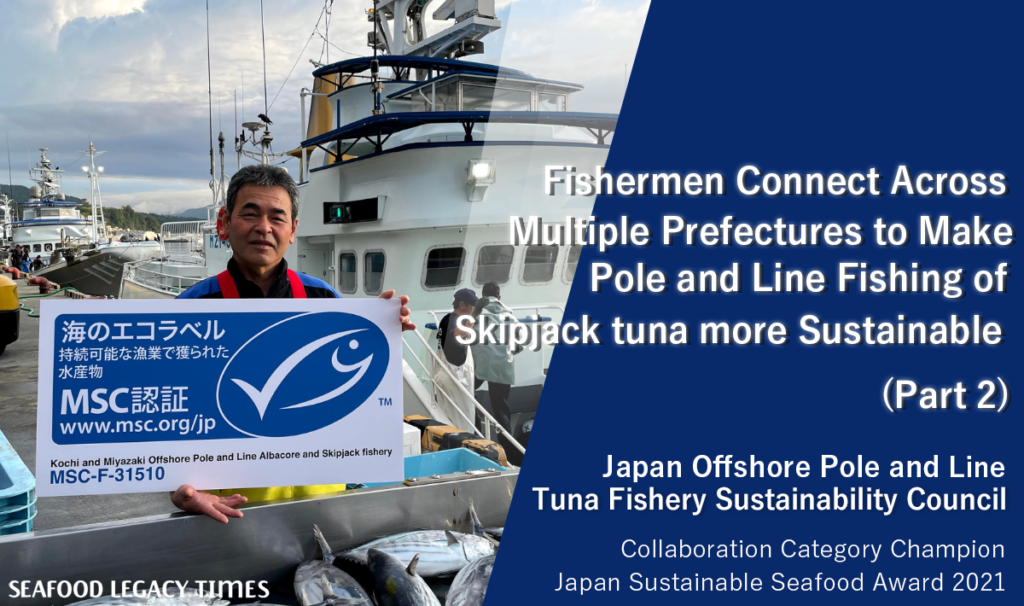
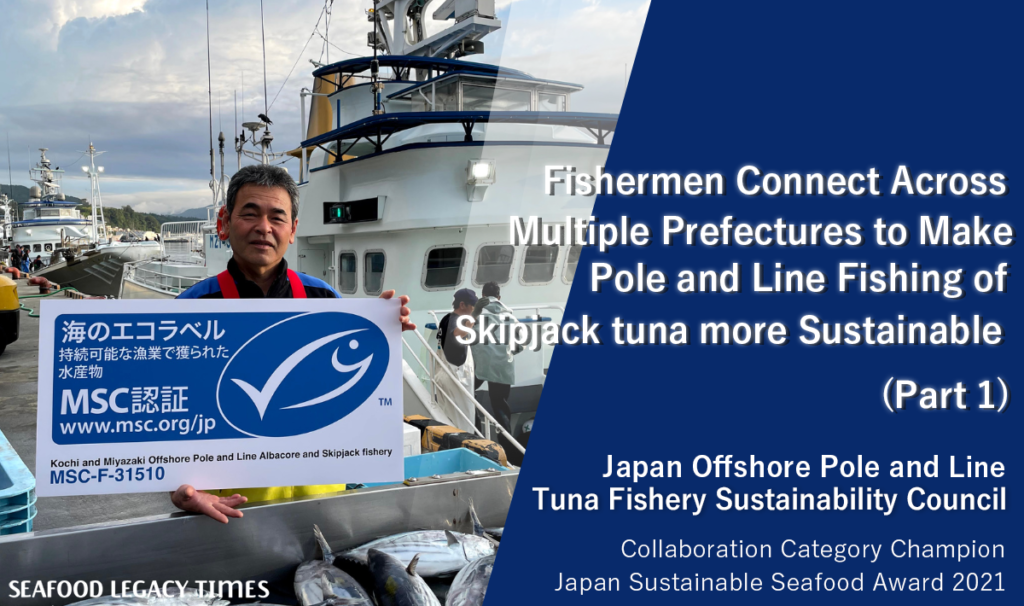
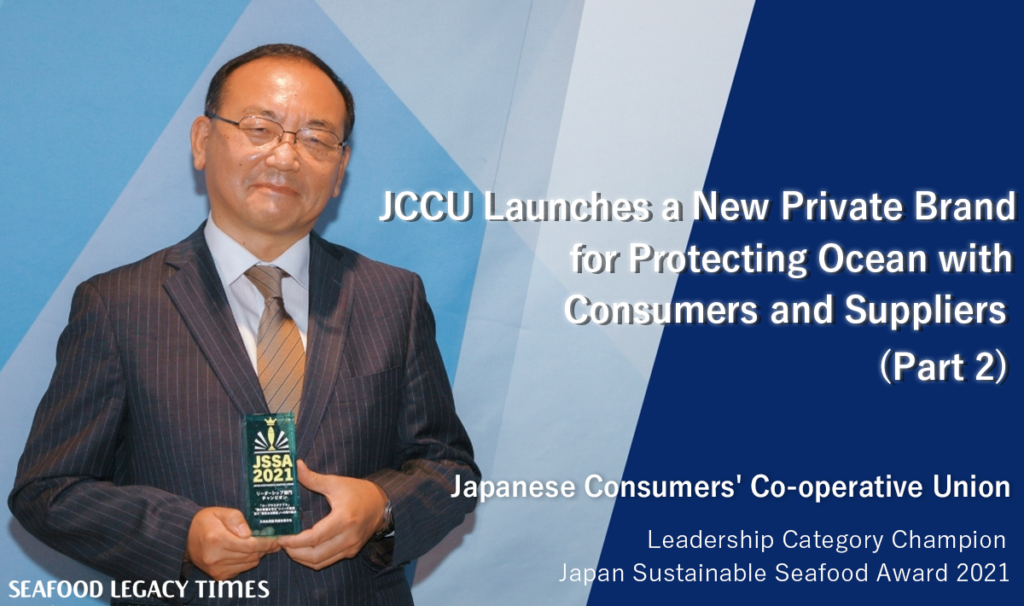
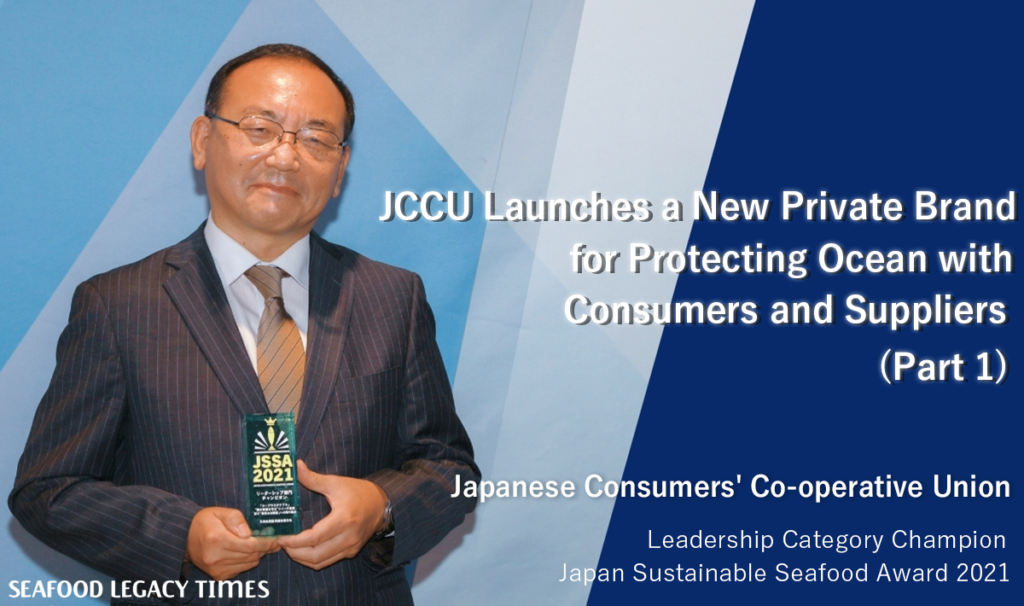
Part2-1024x606.png)
Part1-1024x606.png)
